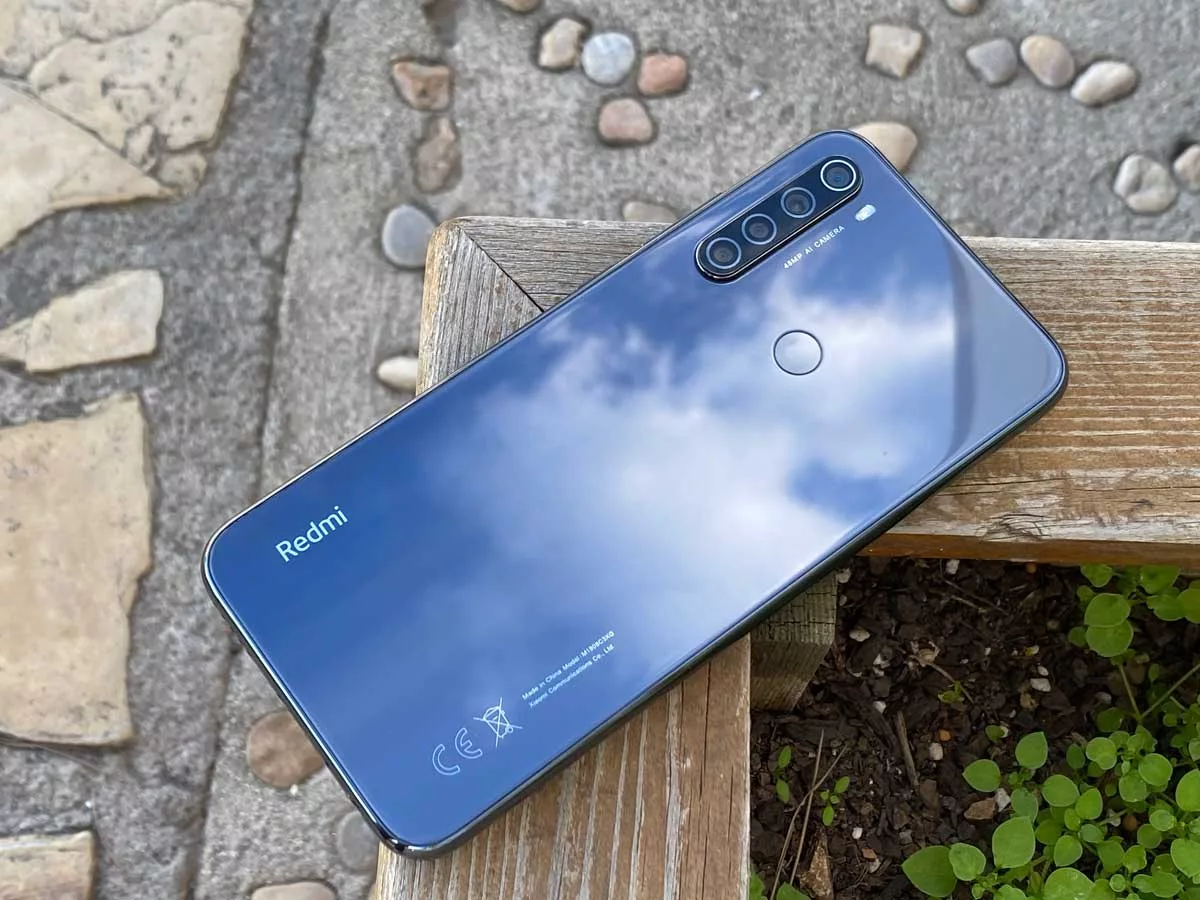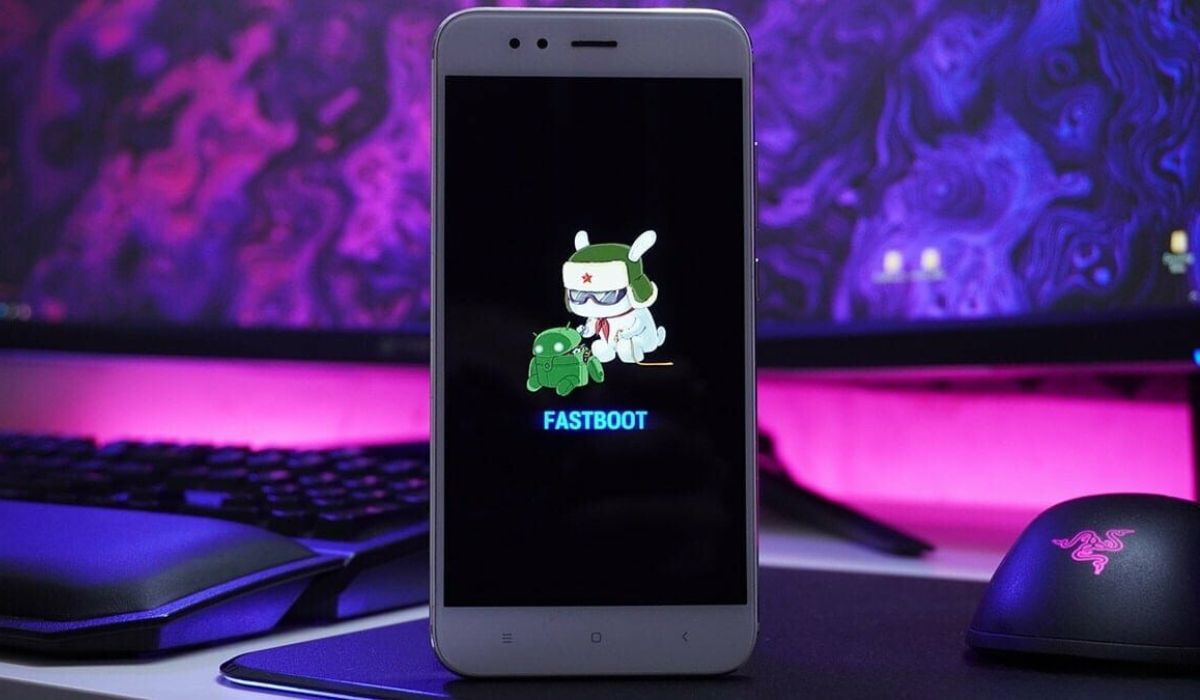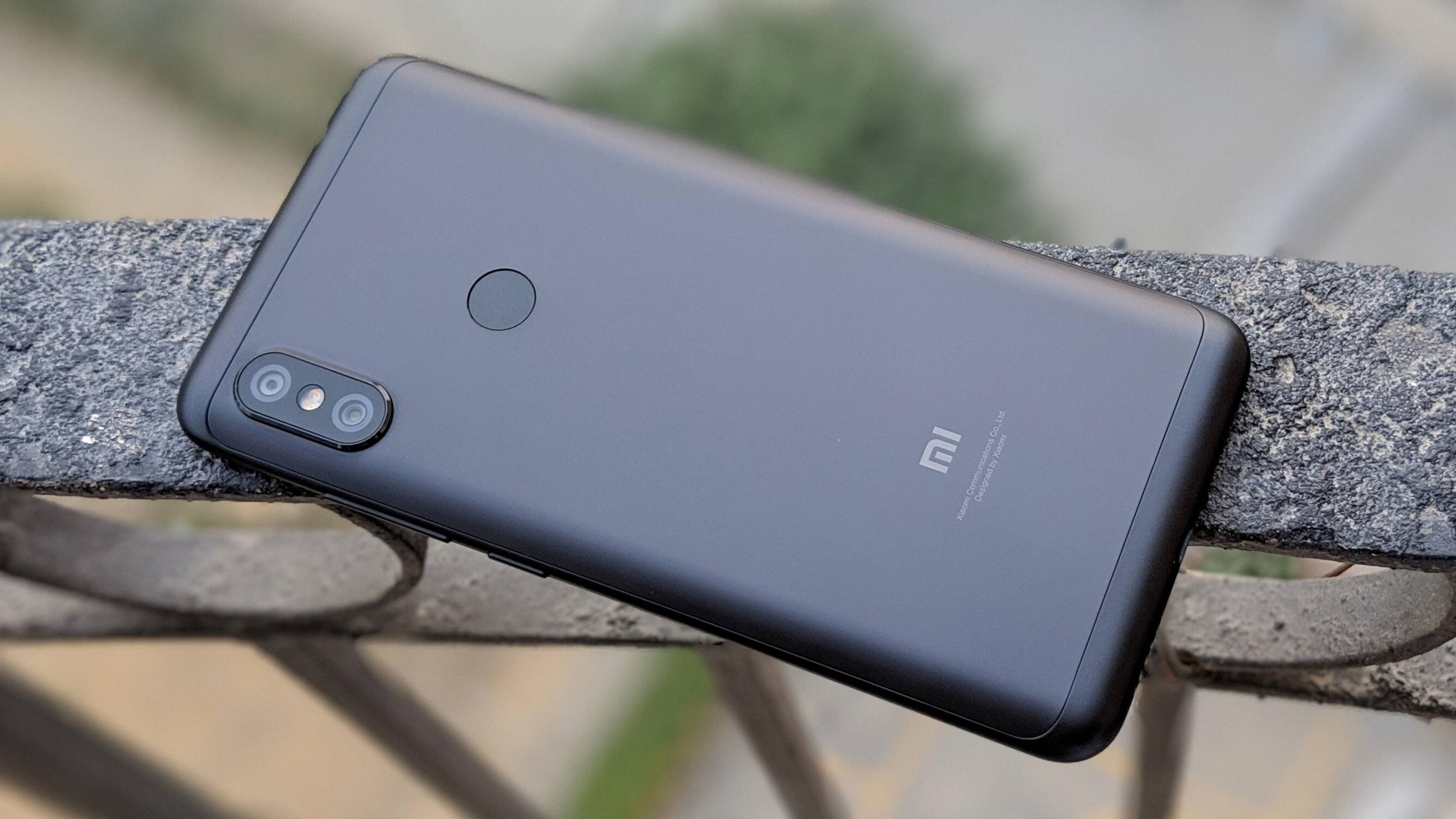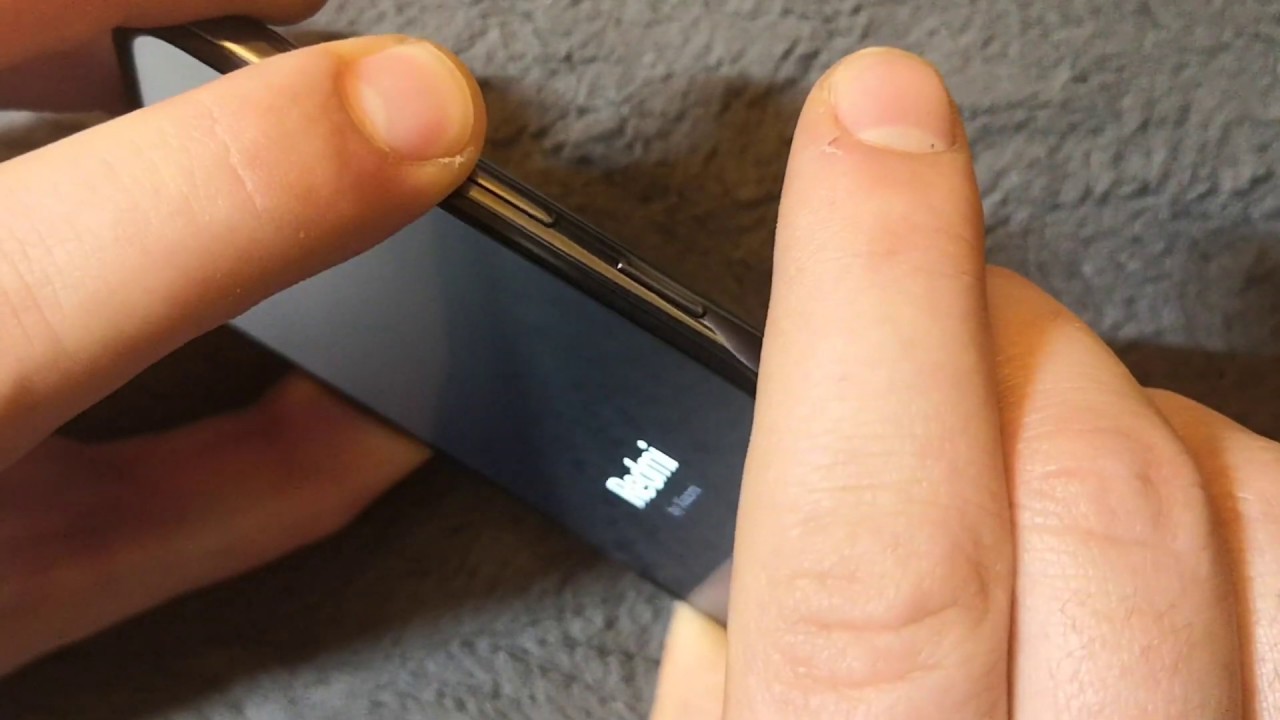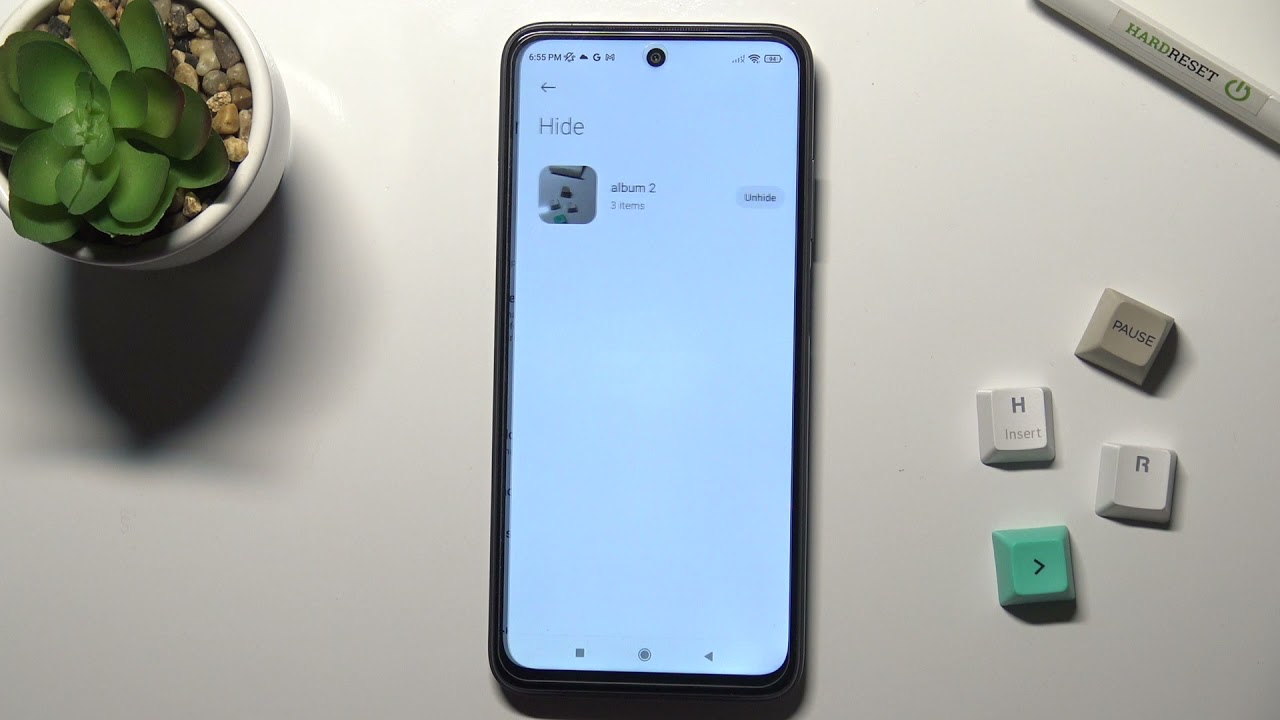Introduction
The Redmi Note 11 is a remarkable device that offers a seamless user experience, boasting a powerful processor, stunning display, and advanced camera capabilities. However, like any electronic device, it may encounter issues that necessitate a hard reset. In this comprehensive guide, we will delve into the intricacies of hard resetting the Redmi Note 11, providing you with the knowledge and confidence to troubleshoot potential problems effectively.
A hard reset is a valuable troubleshooting tool that can resolve a myriad of issues, ranging from software glitches to unresponsive applications. By performing a hard reset, you can restore your Redmi Note 11 to its factory settings, effectively erasing all data and settings on the device. This process can be instrumental in resolving persistent software issues, restoring optimal performance, and rejuvenating the device to its original state.
In the following sections, we will explore the concept of hard resetting in greater detail, elucidating the circumstances that warrant a hard reset on the Redmi Note 11 and providing a comprehensive, step-by-step guide to facilitate the process. Additionally, we will highlight essential precautions to consider before embarking on a hard reset, ensuring that you approach this troubleshooting method with the necessary foresight and preparation.
As we embark on this journey to demystify the hard reset process for the Redmi Note 11, it is essential to approach the task with a clear understanding of its implications and the potential benefits it can yield. By the end of this guide, you will possess the knowledge and expertise to navigate the hard reset process with confidence, empowering you to address software-related issues and optimize the performance of your Redmi Note 11 effectively.
What is a hard reset?
A hard reset, also known as a factory reset or master reset, is a fundamental troubleshooting procedure employed to restore a device to its original state by erasing all data and settings. This process effectively wipes the device's internal memory, including installed applications, user-generated data, and customized settings, reverting it to the state it was in when it left the factory.
The hard reset procedure is a powerful tool for resolving a wide array of software-related issues that may afflict mobile devices, including the Redmi Note 11. Common problems that may necessitate a hard reset include persistent software glitches, unresponsive applications, erratic behavior, and performance degradation. By initiating a hard reset, users can effectively eliminate these issues and restore the device to a functional state.
It is important to note that a hard reset should be approached with caution, as it results in the complete erasure of all user data stored on the device. Therefore, it is imperative to back up any essential data, such as photos, videos, contacts, and documents, before proceeding with a hard reset. Additionally, a hard reset should be considered as a last resort after exhausting other troubleshooting methods, as it represents a comprehensive solution that eradicates all user-generated content and settings.
In essence, a hard reset serves as a powerful reset mechanism, allowing users to address persistent software issues and restore the device to its original state. By understanding the intricacies of this procedure, users can leverage its potential to effectively troubleshoot and resolve software-related issues, ensuring the optimal performance and functionality of their Redmi Note 11.
When to perform a hard reset on Redmi Note 11
Performing a hard reset on the Redmi Note 11 is a consequential decision that should be approached with careful consideration. There are specific scenarios in which a hard reset may be warranted to address persistent software issues and restore the device to optimal functionality.
-
Persistent Software Glitches: When the Redmi Note 11 experiences recurrent software glitches, such as freezing, crashing apps, or unresponsive interface, despite attempts to resolve them through conventional troubleshooting methods, a hard reset may be necessary. By initiating a hard reset, users can effectively eliminate these persistent software issues and restore the device to a stable state.
-
Unresponsive Applications: If certain applications on the Redmi Note 11 become unresponsive or exhibit erratic behavior, impeding the overall user experience, a hard reset can serve as a viable solution. This process can effectively clear any underlying software conflicts or corruption that may be causing the applications to malfunction, thereby restoring their functionality.
-
Performance Degradation: Over time, the Redmi Note 11 may experience performance degradation, manifesting as sluggishness, lag, or overall diminished responsiveness. In such cases, a hard reset can be instrumental in rejuvenating the device's performance by clearing out accumulated software clutter and restoring it to its original state.
-
Software Update Issues: In some instances, software updates on the Redmi Note 11 may lead to unforeseen complications, resulting in persistent issues or instability. If the device exhibits recurring problems following a software update, a hard reset can effectively resolve these issues by reverting the device to its factory settings.
-
Device Optimization: As a proactive measure, some users may opt to perform a hard reset on the Redmi Note 11 to optimize its performance and address any latent software issues. By restoring the device to its factory state, users can eliminate potential software conflicts and ensure that the device operates at its optimal capacity.
In summary, a hard reset on the Redmi Note 11 is warranted in scenarios involving persistent software glitches, unresponsive applications, performance degradation, software update issues, and proactive device optimization. By recognizing these circumstances, users can make informed decisions regarding the initiation of a hard reset to address software-related issues effectively.
Steps to hard reset Redmi Note 11
Performing a hard reset on the Redmi Note 11 involves a series of deliberate steps to ensure the effective restoration of the device to its factory settings. It is essential to approach this process with caution and attentiveness, as it results in the complete erasure of all user data and settings. Before initiating the hard reset, it is advisable to back up any essential data to prevent permanent loss. Once the backup is complete, the following steps can be followed to hard reset the Redmi Note 11:
-
Accessing Settings: Begin by accessing the "Settings" menu on the Redmi Note 11. This can typically be achieved by tapping the gear-shaped icon in the app drawer or the quick settings panel.
-
Navigating to System: Within the "Settings" menu, scroll down and select the "System" option. This will lead to a submenu containing various system-related settings and options.
-
Selecting Reset Options: Within the "System" submenu, locate and select the "Reset" or "Reset options" feature. This option is instrumental in initiating the hard reset process on the Redmi Note 11.
-
Choosing Factory Reset: Upon accessing the reset options, choose the "Factory data reset" or "Erase all data" option. This selection signifies the initiation of the hard reset process, prompting the device to erase all user data and settings.
-
Confirmation and Authentication: The device may prompt for authentication, such as a PIN, pattern, or password, to confirm the hard reset request. This security measure ensures that the reset process is authorized by the device owner.
-
Initiating the Reset: After authentication, the user can proceed to initiate the hard reset. This action triggers the device to commence the reset process, erasing all user data and settings while restoring the device to its factory state.
-
Completion and Reboot: Once the hard reset is initiated, the Redmi Note 11 will proceed to erase all data and settings. Upon completion, the device will automatically reboot, signaling the successful execution of the hard reset process.
It is important to note that the specific steps to hard reset the Redmi Note 11 may vary slightly based on the device's software version and user interface. Therefore, it is advisable to consult the device's user manual or official support resources for precise instructions tailored to the device's configuration.
By following these steps diligently, users can effectively hard reset the Redmi Note 11, addressing persistent software issues and restoring the device to its factory settings. This process represents a comprehensive solution to troubleshoot software-related problems, ensuring the optimal performance and functionality of the device.
Precautions before hard resetting
Before embarking on the hard reset process for the Redmi Note 11, it is imperative to consider several crucial precautions to ensure a seamless and secure experience. These precautions are instrumental in safeguarding essential data, preserving user privacy, and mitigating potential risks associated with the hard reset procedure.
Backup Essential Data
Prior to initiating a hard reset, it is paramount to back up essential data stored on the Redmi Note 11. This includes photos, videos, contacts, documents, and any other user-generated content that holds significance. By creating a comprehensive backup, users can safeguard their valuable data from permanent loss during the hard reset process. Various backup methods can be employed, such as utilizing cloud storage services, transferring data to a computer, or utilizing the device's built-in backup functionality.
Disable Factory Reset Protection
For users who have enabled Factory Reset Protection (FRP) on their Redmi Note 11, it is essential to disable this security feature before initiating the hard reset. FRP is designed to prevent unauthorized access to the device after a hard reset, requiring the user to authenticate their identity. By disabling FRP beforehand, users can streamline the hard reset process and avoid potential authentication complications during the reset procedure.
Ensure Sufficient Battery Level
Adequate battery level is crucial to ensure the uninterrupted execution of the hard reset process. Before initiating the reset, it is advisable to ensure that the Redmi Note 11 has ample battery charge to sustain the procedure. Ideally, the device should be connected to a power source or have a sufficient battery level to prevent unexpected power loss during the reset, which could lead to potential complications.
Record Device Settings and Configurations
Taking note of the device's settings and configurations can be beneficial before performing a hard reset. This includes documenting personalized preferences, app settings, and system configurations that may need to be reconfigured after the reset. By maintaining a record of these settings, users can streamline the post-reset setup process and ensure a smoother transition to the restored state.
Verify Data Backup Completeness
After backing up essential data, it is essential to verify the completeness and integrity of the backup. This verification process ensures that all critical data has been successfully backed up and can be restored if necessary. By confirming the backup's completeness, users can mitigate the risk of data loss and proceed with the hard reset process with confidence.
By adhering to these precautions, users can approach the hard reset process for the Redmi Note 11 with the necessary foresight and preparation. These measures are pivotal in safeguarding essential data, streamlining the reset procedure, and mitigating potential risks, ensuring a smooth and secure experience.
Conclusion
In conclusion, the hard reset process for the Redmi Note 11 represents a powerful troubleshooting tool that can effectively address persistent software issues and restore the device to its factory settings. By understanding the intricacies of hard resetting and recognizing the circumstances that warrant its implementation, users can leverage this procedure to optimize the performance and functionality of their devices.
The decision to perform a hard reset should be approached with careful consideration, especially considering the complete erasure of all user data and settings. It is essential to exhaust alternative troubleshooting methods before resorting to a hard reset and to prioritize the backup of essential data to prevent permanent loss.
The step-by-step guide provided in this comprehensive article offers users a clear and structured approach to initiating a hard reset on the Redmi Note 11. By following these instructions diligently, users can navigate the reset process with confidence, ensuring the effective restoration of the device to its factory state.
Furthermore, the outlined precautions serve as essential guidelines to mitigate potential risks and safeguard user data throughout the hard reset process. By adhering to these precautions, users can approach the reset procedure with the necessary foresight and preparation, ensuring a seamless and secure experience.
Ultimately, the hard reset process for the Redmi Note 11 empowers users to address persistent software issues, optimize device performance, and restore the device to its original state. By recognizing the value of this troubleshooting method and approaching it with attentiveness and preparation, users can effectively harness its potential to maintain the optimal functionality of their Redmi Note 11 devices.











